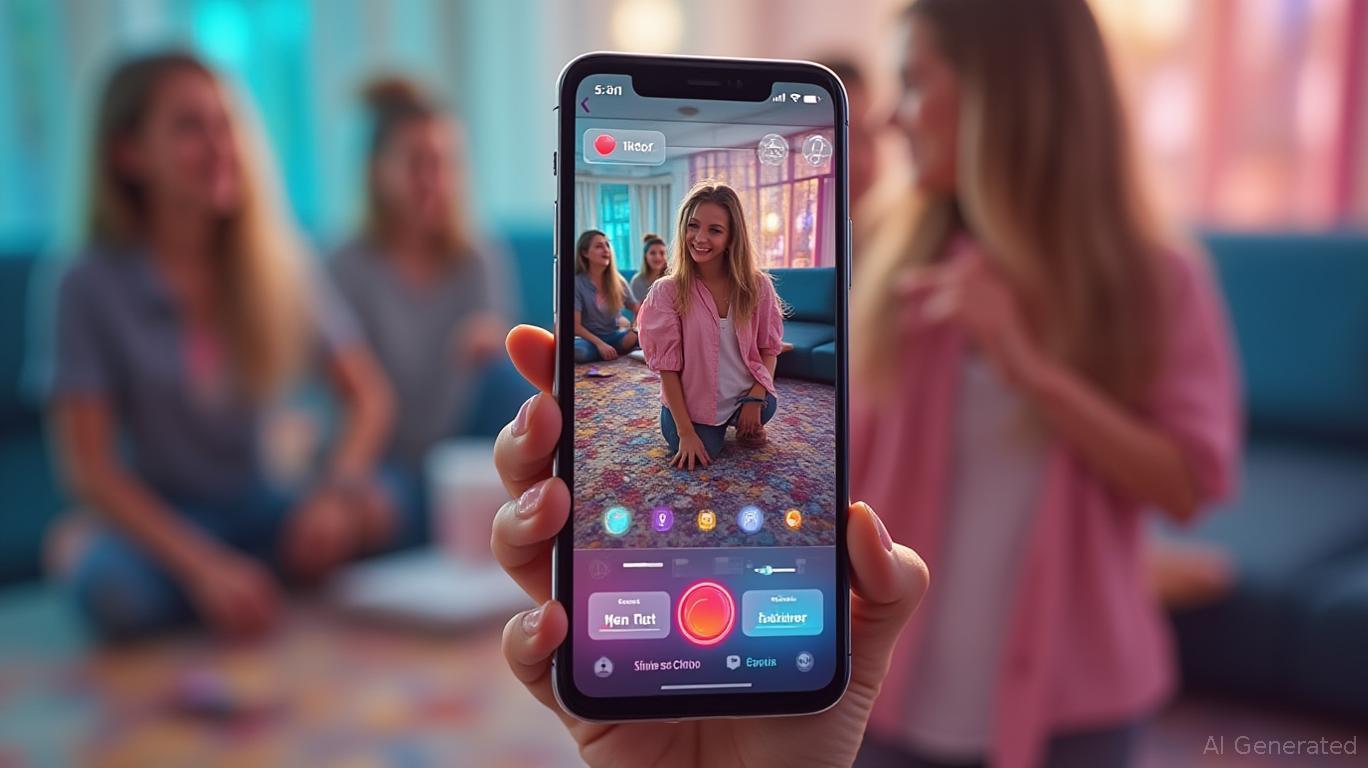Hess Q1 2025 Earnings Preview: Navigating the Merger Timeline and Energy Market Dynamics
Hess Corporation (NYSE: HES) is set to release its first quarter 2025 earnings on Wednesday, April 30, marking a critical juncture for the independent energy firm amid its pending acquisition by Chevron (NYSE: CVX). While the earnings announcement will provide key financial metrics, investors should note that Hess has opted not to host a conference call, a strategic decision tied to the Chevron merger’s advancing timeline. Below, we dissect the implications of this decision, market conditions, and how investors should interpret Hess’s Q1 results.

Key Takeaways from the Earnings Release:
No Conference Call: The absence of an earnings call underscores Hess’s focus on finalizing the $50 billion Chevron merger, announced in October 2023. While Hess shareholders approved the deal in May 2024, regulatory approvals—particularly from the U.S. Federal Trade Commission and European Union—remain pending. The lack of a call may limit real-time insights, forcing investors to scrutinize written disclosures more closely.
Supplemental Data: Hess will release detailed supplemental materials on its website (www.hess.com), likely including production volumes, capital expenditures, and reserve updates. These metrics will be vital for assessing operational efficiency amid rising exploration costs and global energy demand shifts.
Merger Impact on Strategy: With Chevron’s integration process likely prioritized, Hess’s Q1 results may reflect a “hold-the-line” approach to capital allocation. Investors should watch for any deferred projects or cost-saving measures that could signal merger-related synergies.
Market Context: Oil Prices and Industry Trends
Hess’s earnings will be heavily influenced by crude oil prices, which have averaged around $75–80 per barrel in Q1 2025—down from $85 in Q4 2024. This decline could pressure Hess’s margins, particularly if production costs have risen. A key data point to monitor:
Lower oil prices may also affect Hess’s cash flow from operations, a critical metric for sustaining debt levels. The company’s net debt stood at ~$5.2 billion as of Q3 2024, so maintaining liquidity is paramount until the merger closes.
Competitor and Peer Performance
Hess’s peers, such as ConocoPhillips (COP) and EOG Resources (EOG), have navigated similar headwinds. A comparative analysis could highlight Hess’s competitive positioning:
Chevron’s stock has outperformed Hess’s since the merger announcement, as investors price in Hess’s eventual integration into Chevron’s portfolio. This divergence may continue unless Hess’s Q1 results surprise positively.
Risks and Regulatory Hurdles
The Chevron merger’s success hinges on regulatory approvals, which face scrutiny over antitrust concerns. If delayed, Hess may face higher financing costs or operational disruptions. Investors should monitor updates on the FTC’s review timeline, as any setbacks could weigh on Hess’s valuation.
Conclusion: A Transition Quarter with Limited Upside
Hess’s Q1 2025 earnings are likely to reflect a transitional period marked by muted growth as the company awaits the merger’s closure. Key takeaways for investors include:
Oil Price Sensitivity: If WTI prices remain below $80/bbl, Hess’s revenue growth could lag expectations. A rebound to $85–90/bbl would improve its margins significantly.
Operational Discipline: Look for flat or declining production costs per barrel, indicating efficient operations. Hess’s Q4 2024 production of 293,000 barrels of oil equivalent per day (BOE/d) should serve as a benchmark.
Debt Management: A reduction in net debt or stable leverage ratios (e.g., debt-to-EBITDA below 2.5x) would signal financial resilience.
Ultimately, Hess’s stock (HES) may remain range-bound until the merger’s completion, with the April 30 earnings offering little catalyst beyond confirming operational stability. Investors should prioritize Chevron’s regulatory updates over near-term financials, as the merger’s success—not quarterly results—will determine Hess’s long-term trajectory. For now, Hess remains a “hold” with upside tied to Chevron’s ability to secure approvals by mid-2025.

_b905d9341749265671656.jpg)








